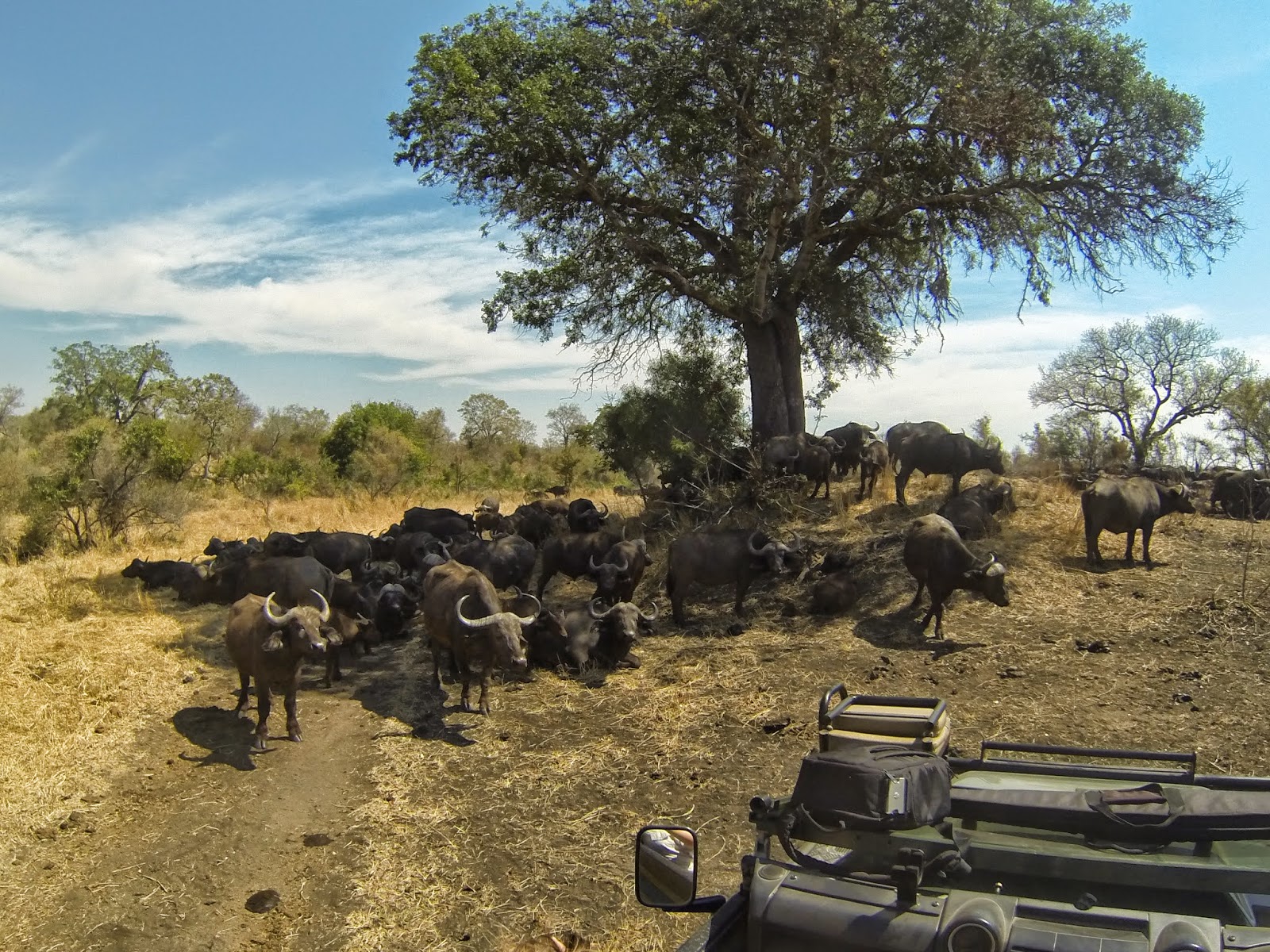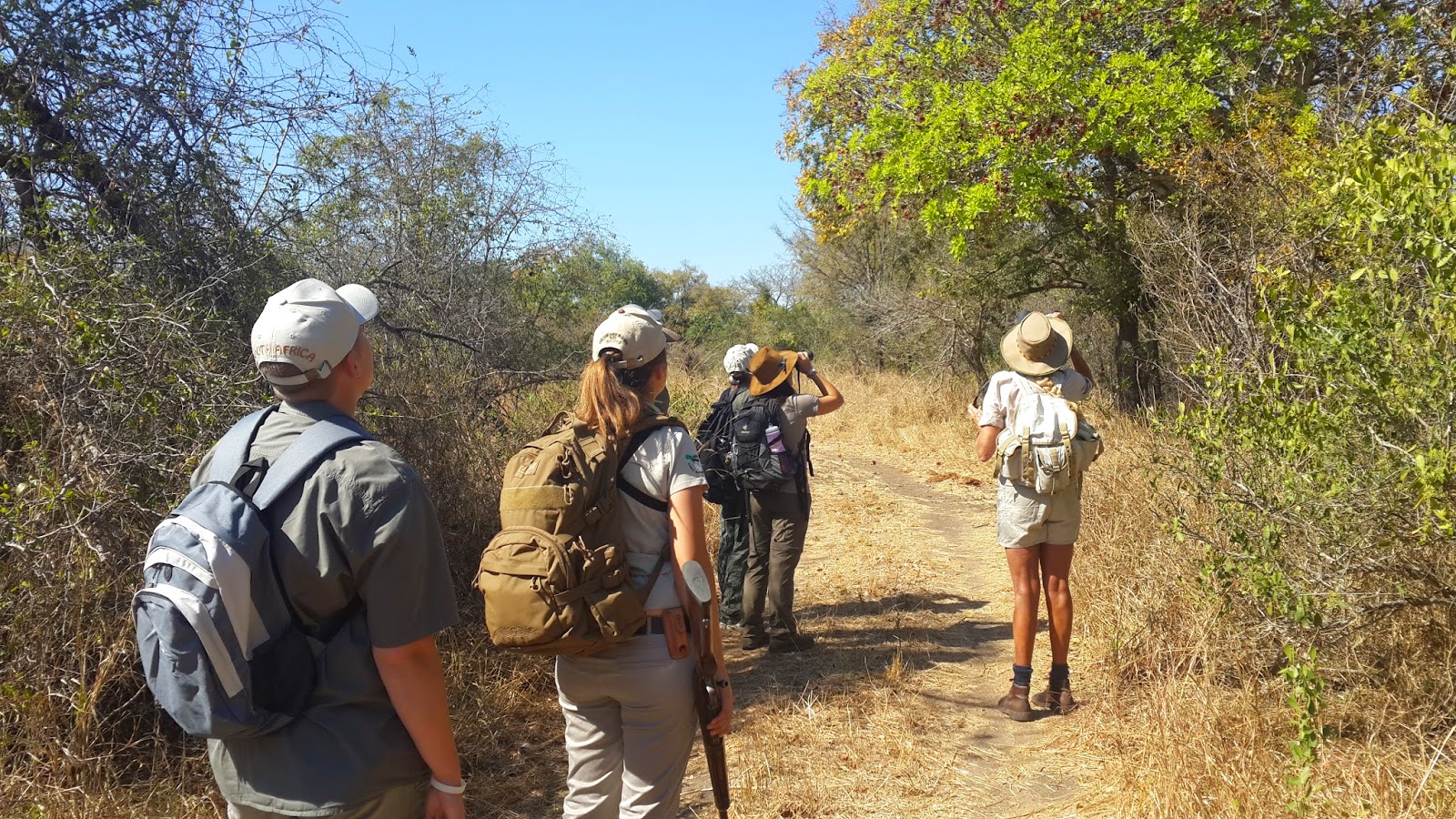 |
| Map of central Kruger National Park |
I’m the first to admit I’m not the bravest person around elephants but I don’t think I’m alone where that’s concerned. I do however have a fascination with the 'Big Tuskers' of the Kruger National Park: past and present.
As a frequent Kruger National Park visitor I have had the privilege of seeing and photographing some of Kruger’s Emerging Tuskers over the last few years.Whilst standing on the Letaba high level bridge on 1st April 2013 I noticed two large elephants drinking water in the river below. On closer inspection I realised that one of them had huge tusks.
I watched and photographed him for about an hour and was amazed to see how few people actually stopped and looked at this beautiful elephant.
Upon returning to Letaba Camp, I immediately headed for the Elephant Museum and asked the staff on duty about the elephant.
 |
Masthulele on the right with his Askari, drinking water in
the Letaba River
image: Jenny Bell
|
They identified him as Masthulele meaning ‘the quiet one’.
He was named after Dr Ian Whyte, who recently retired after 37 years of service in Kruger. Masthulele was the name given to him by his staff.
I had the privilege of Meeting Dr Whyte at a birding event earlier this year and what a gentleman – I can see why his staff named him ‘the quiet one’.
Note: older bull elephants that break away from their herd often form the nucleus of bachelor herds with one or more younger males which are referred to as 'askari' (singular and plural). The origins of the word mean 'soldier'.
Masthulele’s tusks are almost symmetrical, with the left curving a little higher than the right. Apart from his magnificent tusks Masthulele is fairly easy to recognise by the thickened skin growth on his trunk. His ear right ear is clean and there is a tiny V notch in the centre of his left ear. He is found in the Letaba / Mopani areas of the central Kruger National Park.
 |
Masthulele - you can see the skin thickening in the centre of his trunk & the tiny ear notch
image: Jenny Bell |
Have you seen this gentle giant?
The ANT Blog - submitted by Jenny Bell






























.jpg)